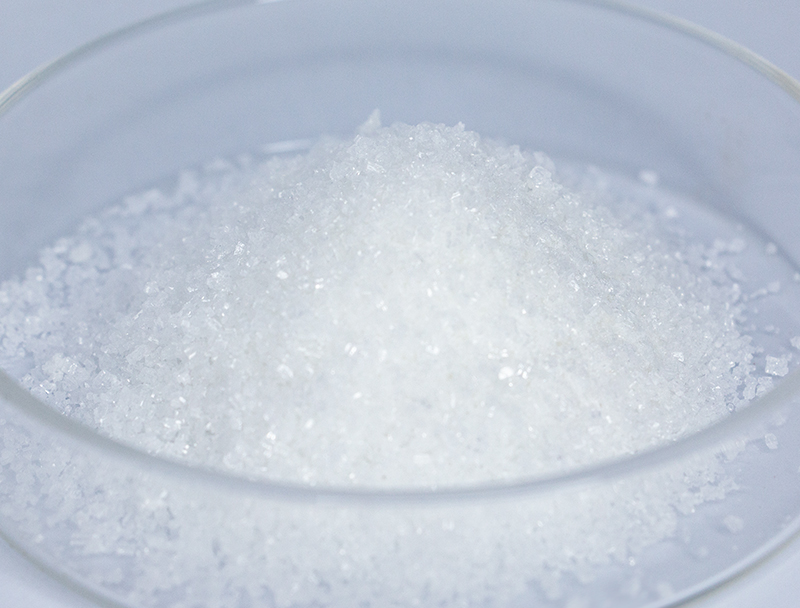
Bioprocessing depends strongly on a broad palette of input materials to produce innovative bio-based products.
Securing the sustainable sourcing of these resources remains essential to industry resilience and responsible expansion.
various risks tied to conventional feedstock acquisition including biodiversity loss and excessive resource use. Accordingly, companies are required to implement regenerative sourcing methods to mitigate footprints.
- Models of sustainable material sourcing include:
- Applying circular feedstocks from post-harvest streams
- Installing reclamation workflows to diminish waste and heighten recovery
- Connecting with nearby vendors prioritizing responsible supply
Moving toward responsible sourcing creates ecological improvements and economic resilience.
Advancing Biomass Preparation for Elevated Biofuel Production
Improving fuel production performance hinges on the attributes of biomass inputs. Experts maintain efforts to discover ways to maximize feedstock value, delivering enhanced conversion and a more resilient energy mix. Methods encompass cellular engineering to augment biomass output and refining processes to liberate fermentable carbohydrates.
- Likewise, initiatives explore candidates such as algal biomass, process wastes, and agricultural leftovers to extend sustainable feedstock availability for fuels.
- Owing to ongoing work the biofuel domain is primed to reach substantial milestones advancing renewable energy adoption.

Enhanced Upstream Strategies for Biopharmaceutical Yield
embraces initial workflow stages from growth to harvesting Contemporary breakthroughs have refined protocols and elevated product throughput.
Important innovations consist of upgraded cell platforms, customized nutrient matrices, and smart bioreactor solutions. These refinements escalate production and lower expenses and environmental strain.
- Moreover, continuous manufacturing adoption is enabling dynamic control and greater adaptability in upstream workflows.
- This move toward intelligent production systems is expected to reshape the industry and hasten drug development.

Precision Genomic Tools Enhancing Biopharmaceutical Yields
refinements in gene-targeting technologies have advanced protein production workflows. By accurate genomic tuning, developers enhance yields of critical biopharmaceuticals. The strategy paves the way toward accessible, high-yield therapeutics across disease spectra.
Biodegradation Strategies Using Targeted Microbial Cultures
cutting-edge microbial approaches that remediate contamination sustainably. Specialized microbes can enzymatically degrade pollutants to reduced-toxicity products.. Using microbial biotechnology enables remediation strategies that balance effectiveness with ecological protection. Investigators study multiple microbial strains for abilities to transform metals, degrade agrochemicals, and process petroleum wastes.. Microbial cultures can function in contained bioreactors or be deployed onsite to facilitate biodegradative remediation..
Microbial remediation approaches present key benefits relative to classic remediation methods. Microbe-driven cleanup typically costs less and generates fewer dangerous byproducts. Similarly, microbe-based remediation affords specificity that avoids extensive ecosystem disturbance. Research efforts persist to upgrade the potency and implementation of microbial remediation strategies.
Digital Methods Accelerating Pharmaceutical Discovery
Informatics platforms are essential to current drug discovery and development pipelines. From identifying potential drug candidates to optimizing their efficacy and safety, bioinformatics enables a more efficient and data-driven approach.
- Through mining large genomic, proteomic, and clinical repositories, informaticians reveal new targets and forecast drug behaviors.
- Concurrently, virtual screening and simulation shape the development of more effective therapeutics.
- Ultimately, bioinformatics modernizes development workflows and expedites access to safe, beneficial medicines.
Fine-Tuning Metabolism to Maximize Bioproduct Synthesis
uses diverse methods to increase biosynthesis of target bioproducts in organisms. Techniques span CRISPR-mediated edits to reshape pathways, synthetic control elements to fine-tune expression, and gene imports to grant new biosynthetic abilities.. Through careful adjustment of metabolic routes engineers can markedly elevate product titers.
This wide-ranging tactic can overhaul industries spanning medicine, agriculture, and energy production.

From Lab to Plant: Challenges and Opportunities in Biomanufacturing Scale-Up
Upscaling therapeutic manufacturing brings major obstacles along with promising prospects. Maintaining consistent product attributes with scale-up remains a central difficulty. Resolving it depends on rigorous control strategies, precise instrumentation, and comprehensive analytics.

Another concern is that bioprocessing workflows are inherently complex and multi-staged.. Transforming bench processes into industrial practice requires sustained research and engineering innovation. Still, the gains can be meaningful. Efficient scale-up can amplify access to medicines, compress costs, and strengthen returns.
Several projects are designed to mitigate these scaling barriers. Plans feature next-gen optimization hardware, sophisticated real-time analytics, and forward-looking production strategies.
- Innovation programs are essential to expand production competencies.
- Regulators are reforming approval systems to facilitate adoption of advanced manufacturing and nurture innovation.
Mapping the Compliance Environment for Safe Therapeutic Development
Advancing biopharmaceuticals involves heavy regulatory scrutiny to secure product safety and proven efficacy. Biologically derived medicines entail particular manufacturing and regulatory complexities compared with chemical drugs.
Bodies like FDA and EMA shape the regulatory landscape and set benchmarks for evaluating innovative therapies..
Extensive evaluation procedures are essential across development phases, spanning preclinical work to post-market checks.. Such safeguards are intended to detect hazards and ensure therapeutics adhere to top-tier safety benchmarks..
In addition, regulatory entities adapt their frameworks to stay current with rapid research and technological developments.. Efforts comprise integrating cutting-edge tools and easing development pathways while upholding patient safety.

Harnessing Plant Feedstocks to Create Biodegradable Plastics
The expanding market for green materials prompts increased R&D into bio-based solutions. Bioplastics derived from plant biomass provide a viable route to more sustainable plastic alternatives. Plant inputs like corn-derived starch, cellulose derivatives, and sugarcane can be turned into degradable plastics that lessen environmental burdens.
Furthermore, these bioplastics often possess comparable properties to their petroleum-based counterparts, making them suitable for a wide range of applications.. Persistent innovation will be key to advancing plant biomass into mainstream bioplastic manufacturing for a circular future.
Biotechnology's Potential to Transform Health and Food Supply
Advanced biotech approaches can reshape healthcare trans-Cinnamic acid delivery and enhance agricultural resilience. By applying gene editing, synthetic biology constructs, and cellular therapies, scientists create tools to fight disease, raise yields, and boost nutrition.. One example is bioengineered crops that withstand pests and stressors, enabling higher yields with less pesticide input.. Similarly, biotech contributes advanced vaccines, antimicrobial strategies, and diagnostic techniques crucial for infectious disease management and health advancement.. With ongoing research, biotech is positioned to enable broad improvements in health and food security that serve global populations.
